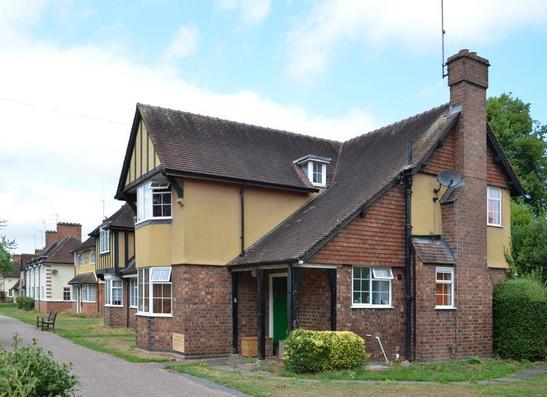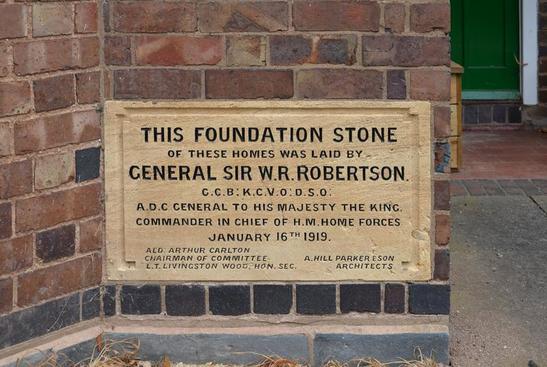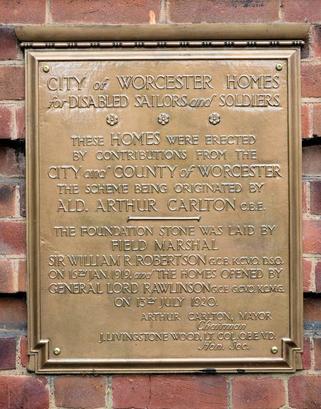-

Worcester almshouses. date of [photo estimated as not stated by IWM - Taken by © Brian Mawdsley (WMR-38715) 23 Mar 2017
-

Worcester almshouses. date of [photo estimated as not stated by IWM - Taken by © Brian Mawdsley (WMR-38715) 23 Mar 2017
-

Worcester almshouses. date of [photo estimated as not stated by IWM - Taken by © Brian Mawdsley (WMR-38715) 23 Mar 2017
Reference WMO/255516
Edit memorial name, location & address- Brick Brick
- First World War (1914-1918)
Grants to support the repair and conservation of war memorials are available from the charity War Memorials Trust if it has raised funds. Support is focused on war memorials in Very bad or Poor condition or where there is a serious Concern.
Before applying for a grant you should read the advice available on War Memorials Trust`s website. The What we can and cannot fund helpsheet explains what types of work the charity can fund.
If you believe your project is eligible for a grant you should complete the Pre-application enquiry form. You will need to be registered and logged in to complete this.
The Pre-application enquiry form is a series of questions to see if your project is eligible. If it is, you will need to provide further details and submit current colour photographs of the war memorial in either a png, gif, jpg or jpeg format.
You can save your Pre-application enquiry form as you go along. Once submitted War Memorials Trust will respond.
Please be aware that a summary of your enquiry, without your contact details, will appear on this page once submitted. This ensures others are aware that an enquiry has been made and can read the response to avoid duplicate enquiries. Information provided by you to us will be used for the purpose of managing the grant enquiry, for further details please read our Terms and Conditions and Privacy Policy .
As a charity, War Memorials Trust relies on voluntary donations and every contribution, no matter how large or small, makes a really big difference to our work. Your donation will help protect and conserve war memorials for future generations so please support War Memorials Trust’s work.
At lower right of the front of No. 2 is the foundation stone which is of painted stone with inscribed lettering which reads: ‘THE FOUNDATION STONE / OF THESE HOMES WAS LAID BY / GENERAL SIR W.R. ROBERTSON. / G.C.B ; K.C.V.O ; D.S.O ; / A.D.C. GENERAL TO HIS MAJESTY THE KING. / COMMANDER IN CHIEF OF H.M. HOME FORCES / JANUARY 16TH 1919’, below which are given the names of the chairman of the General Purposes Committee of the council and the architect. At the centre of the first floor of No. 5 is a shaped plaque which bears the words ‘LEA MEMORIAL’. Immediately to the right of the door and set at a level below the widow ledge is a painted metal plaque with lettering in relief which reads 'IN MEMORY OF / CAPTAIN GERALD ERNEST LEA, / WHO DIED FROM WOUNDS / RECEIVED IN THE BATTLE OF THE AISNE, / 15TH SEPTEMBER 1914, / WHILE COMMANDING D. COMPANY OF THE / 2ND BATTALION WORCESTERSHIRE REGIMENT'. To the centre, above the door of No. 9, is a stone plaque with a moulded boarder, which reads, in relief, '.GHELUVELT. / (OCTOBER 1914)
Information Required
Information Required
Information Required
Information Required
Information Required
Information Required
Information Required



